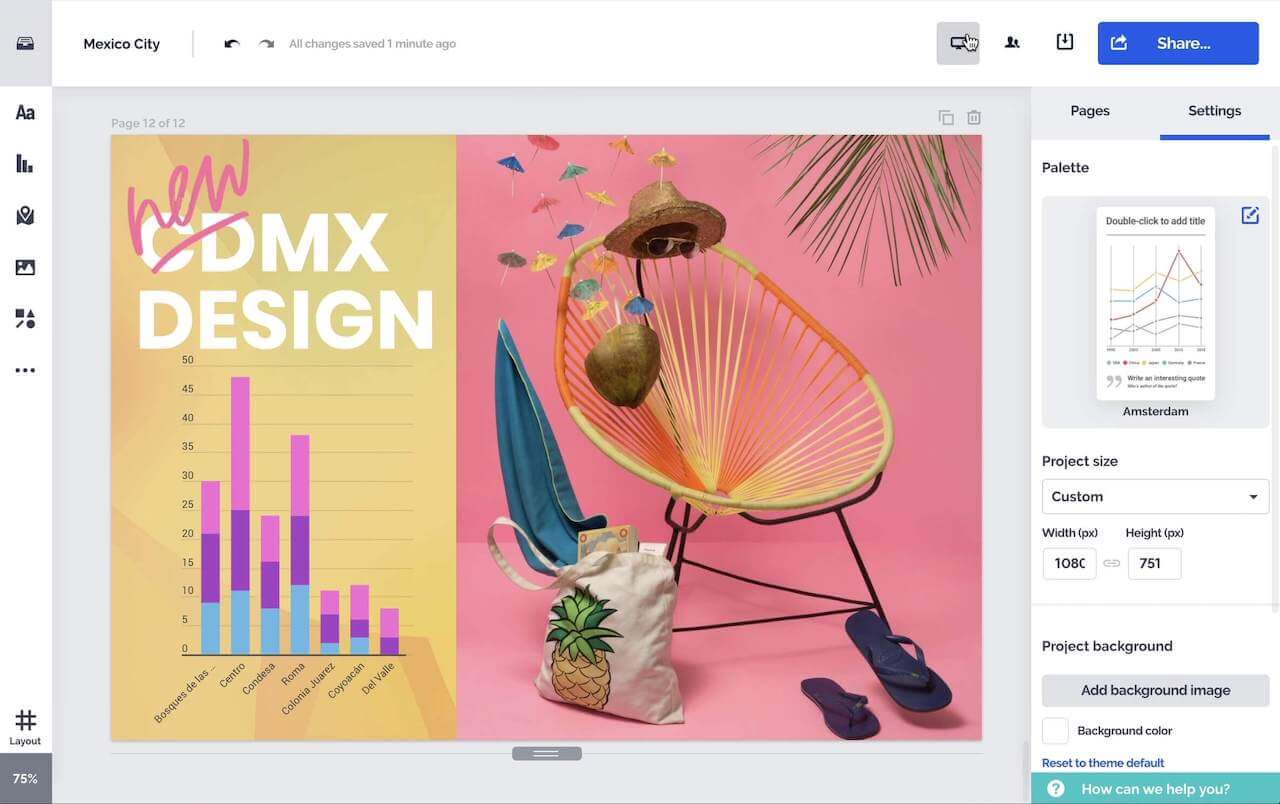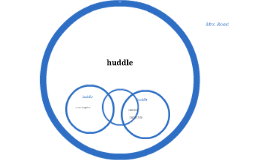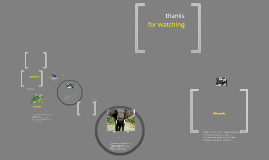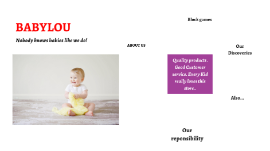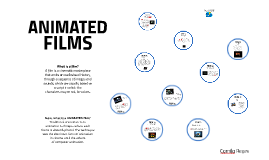Animated
Transcript: Now, what is a ANIMATED film? Traditional animation is an animation technique where each frame is drawn by hand. The technique was the dominant form of animation in cinema until the advent of computer animation. Camila Reyes FILM 4: FILM 1: It tells the story of WALL · E, a robot who is the only survivor of a cleaning force of the earth that, seven years after being abandoned by humans, receives an unexpected visit from another rover, seeking life in the planet forgotten. "Tangled" FILM 6: Andy Davis plays quietly with his toys: Mr. Potato face, a tyrannosaurus and a cowboy named Woody, a favorite toy. When Andy leaves the room, all his toys come to life .. FILM 8: "Finding Nemo" "Ice Age" By tying thousands of balloons to his home, 78 year old Carl sets out to fulfill his lifelong dream to see the wilds of South America. Russell, a wilderness explorer 70 years younger, inadvertently becomes in her assistant In "Frozen,"Anna is forced to join Kristoff, a daring man, and undertake an epic journey in search of the Snow Queen to end the cold spell. Anna and Kristoff will face extreme temperatures on the Everest, a mystical creatures and fight against the elements in a race against time to save the kingdom from utter destruction... "Frozen" FILMS FILM 3: Nemo is a small clown fish, the only child who was a Marlin after an attack of the anemone where he lived in the sea ended his partner's life, called Coral and her other children. From this event, Marlin is in charge of caring her son protectively exaggerated. This leads Nemo to rebel and undertake an adventure taking advantage of a school excursion. FILM 10: "Wall E" Set during the Ice Age, a sabertooth tiger, a sloth, and a wooly mammoth find a lost human infant, and they try to return him to his tribe. Gru is recruited by the Anti-Villain League to help deal with a powerful new super criminal. Mike Wazowski has always dreamed of being a scary. Thanks to its good studies, he was admitted to Monsters University. A mike is given a room mate is Randi Bugs, are good friends. and from this begins his time at university "Toy Story" FILM 9: FILM 5: Some ANIMATED FILMS of Disney Channel are: FILM 2: When his new father, King Harold falls ill, Shrek is looked at as the heir to the land of Far Away. Not one to give up his beloved swamp, Shrek recruits his friends Donkey and Puss in Boots to install the rebellious Artie as the new king. The Princess Fiona, however, rallies a band of royal girlfriends to fend off a coup d'etat by the jilted Prince Charming. FILM 7: "Shrek, the third" "Despicable Me 2" "Up" ANIMATED What is a film? A film is a cinematic masterpiece that emits an audiovisual history, through a sequence of images and sounds, which are usually based on a script in which the characters may or not, be actors. The magically long-haired Rapunzel has spent her entire life in a tower, but now that a runaway thief has stumbled upon her, she is about to discover the world for the first time, and who she really is. "Monster University"





